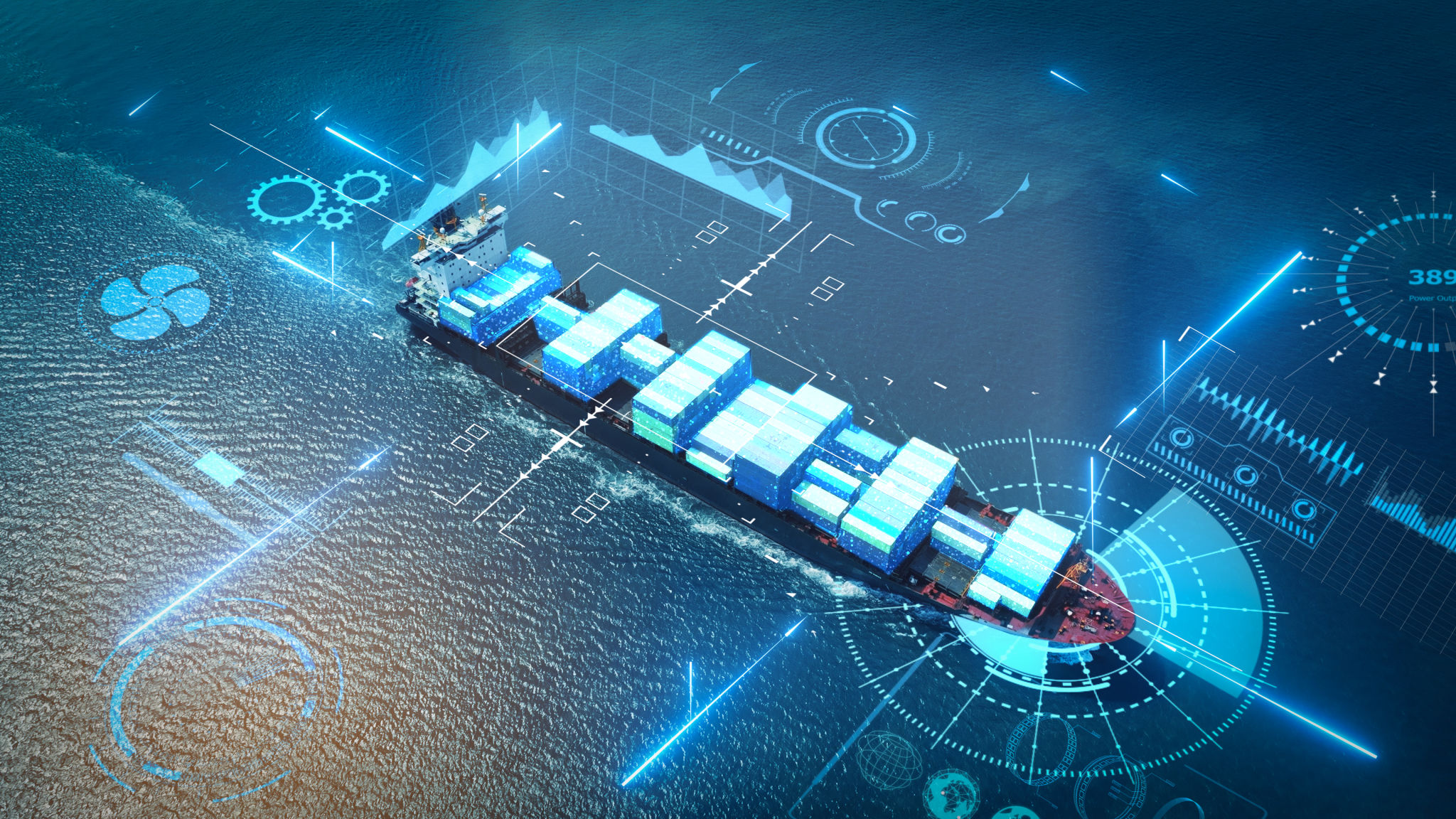Navigating Risks in AI-Driven Boat Design: Challenges and Solutions
Understanding AI-Driven Boat Design
The integration of artificial intelligence into boat design is revolutionizing the maritime industry. Harnessing AI's capabilities allows for innovative solutions to be implemented, enhancing both the efficiency and safety of boat designs. However, like any technological advancement, it presents a unique set of challenges that need to be addressed.
AI-driven boat design involves using algorithms and machine learning models to simulate and optimize boat performance. This includes everything from hull design to propulsion systems, aiming to create vessels that are not only faster but also more fuel-efficient and environmentally friendly.

Identifying the Risks
Data Quality and Availability
A critical challenge in AI-driven boat design is ensuring access to high-quality, comprehensive data. The accuracy of AI models heavily relies on the data fed into them. Inadequate or biased data can lead to incorrect predictions, ultimately affecting the safety and performance of the boat.
Complexity in Predictive Modeling
Creating accurate predictive models requires understanding numerous variables, such as weather conditions, water currents, and material properties. The complexity of these models can lead to unforeseen errors if not carefully managed. This complexity also makes it difficult for traditional testing methods to validate AI predictions thoroughly.

Solutions to Overcome Challenges
Improving Data Collection and Management
One solution is to enhance data collection techniques. Implementing advanced sensors on boats can facilitate real-time data gathering, improving the accuracy of AI models. Additionally, collaborating with global maritime organizations can broaden data sources, ensuring a diverse and comprehensive dataset.
Enhancing Model Accuracy
To tackle the complexity of predictive modeling, continuous testing and validation are essential. Developing hybrid models that combine AI with traditional engineering principles can offer more reliable results. Regular updates and recalibrations based on new data can also help maintain the accuracy of AI-driven designs.

Ethical Considerations in AI Boat Design
As with any AI application, ethical considerations must be taken into account. It is vital to ensure that AI systems are designed transparently and that there is accountability for the decisions made by these systems. Implementing clear regulatory frameworks can help guide ethical AI development in boat design.
Moreover, involving diverse teams in the design process can help minimize biases in AI models. Encouraging a collaborative environment where experts from various fields contribute can lead to more balanced and fair outcomes.
The Future of AI in Maritime Engineering
The future of AI-driven boat design holds immense potential. As technology advances, we can expect even more sophisticated designs that push the boundaries of what is currently possible. By addressing the challenges and implementing effective solutions, the maritime industry can fully harness the power of AI.
Ultimately, embracing AI in boat design is not just about innovation; it's about creating safer, more efficient vessels that contribute positively to our environment. As we continue to navigate these waters, collaboration and continuous improvement will be key to unlocking the full potential of AI in maritime engineering.